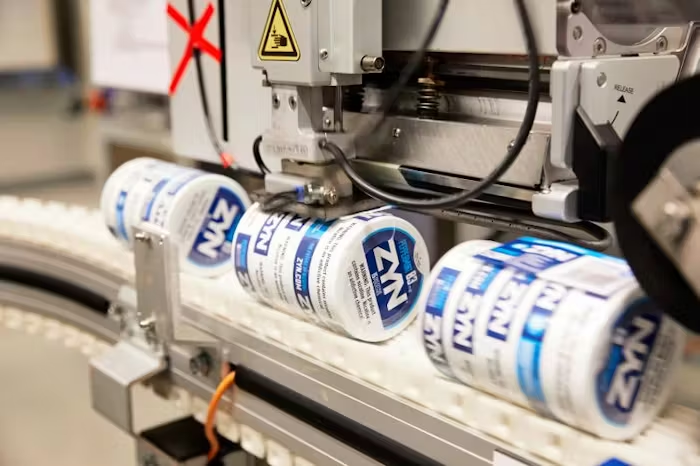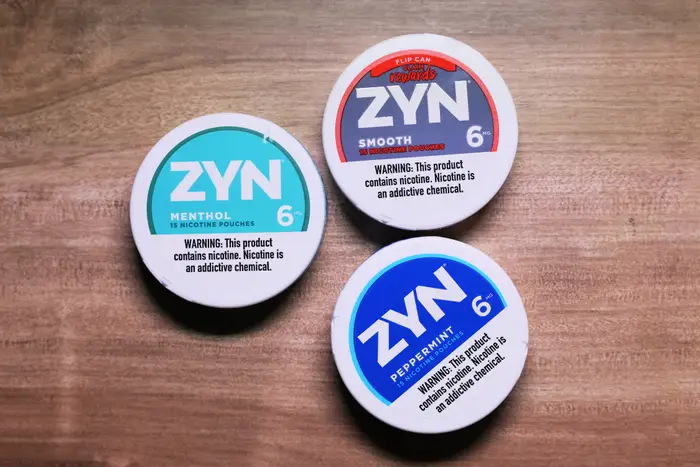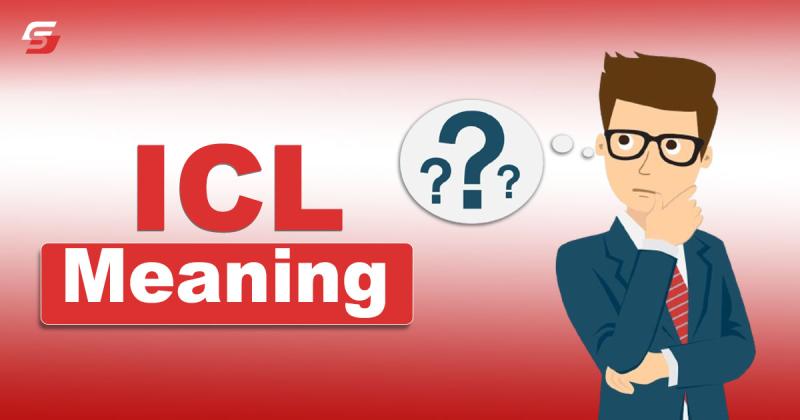In recent months, a surprising headline has captured the attention of consumers across the United States and parts of Europe: the Zyn shortage. Zyn, a popular brand of nicotine pouches, has become a staple for many looking to quit smoking or switch to a tobacco-free lifestyle. However, increasing demand and various supply chain factors have led to a significant drop in availability. In this article, we explore the full picture of the Zyn shortage, its underlying causes, the effects on consumers and the market, and what we can expect in the future.
What Is Zyn?
Zyn is a brand of nicotine pouches produced by Swedish Match, a company with a long-standing reputation in the smokeless tobacco industry. Unlike traditional smokeless tobacco products, Zyn contains nicotine only—no tobacco leaf or dust. The pouches are placed between the lip and gum, offering a discreet and smoke-free experience for users.
Zyn comes in various strengths (3 mg and 6 mg being the most common) and flavors, such as Cool Mint, Citrus, Wintergreen, Cinnamon, and Peppermint. Because of its tobacco-free content and ease of use, it has become especially popular among younger adults and former smokers.
The Rise of Zyn: A Quick Background
Before diving into the Zyn shortage, it’s important to understand the brand’s meteoric rise:
- Health-conscious shift: As more people become aware of the risks of smoking, they seek safer alternatives. Zyn, being smokeless and tobacco-free, seemed like a healthier choice.
- Discreet usage: Since there’s no smoke or odor, Zyn is easy to use anywhere.
- Aggressive marketing: Swedish Match (and now Philip Morris International, which acquired it in 2022) heavily marketed Zyn as a modern nicotine product, helping fuel its popularity.
- Cultural trends: On TikTok, Reddit, and even in college circles, Zyn became not only a product but a social trend.
This rapid demand led to exponential growth—and eventually, supply chain stress.
What Is the Zyn Shortage?
The Zyn shortage refers to the widespread unavailability of Zyn nicotine pouches across retail stores and online platforms. Users have reported difficulty finding their preferred flavors and strengths, with some retailers implementing purchasing limits or seeing total stockouts.
In the U.S., major retail chains like CVS, Walgreens, and gas stations have reported limited inventory. Online distributors have either hiked prices or put up “out of stock” signs for days and weeks at a time.
Causes of the Zyn Shortage
There are multiple contributing factors to the Zyn shortage, each adding a layer of complexity:
1. Surge in Demand
The most obvious cause is a sudden spike in demand. Between 2021 and 2024, Zyn sales doubled annually, with 2024 showing record highs. More smokers, vapers, and nicotine consumers are turning to Zyn as vaping regulations increase.
2. Regulatory Scrutiny
U.S. regulators, including the FDA, have begun examining nicotine pouches more closely. Although Zyn is considered safer than cigarettes, authorities want to ensure its safety, especially given its appeal to young users. Regulatory uncertainty can lead to manufacturing slowdowns or changes in labeling, affecting availability.
3. Labor and Supply Chain Disruptions
Like many industries, the nicotine pouch sector has been impacted by:
- Post-COVID workforce shortages
- Raw material limitations (nicotine, plant fibers, flavoring agents)
- Shipping delays due to geopolitical tensions and fuel price volatility
Swedish Match’s manufacturing hubs in Europe have reported delays in shipments, further feeding the shortage in the U.S.
4. Corporate Transitions
Following the acquisition of Swedish Match by Philip Morris International, some restructuring and consolidation efforts took place. These may have led to temporary production interruptions during the transition.
5. Increased International Demand
Zyn’s success in Europe and Asia is also drawing product away from the U.S. market. Countries like Norway, Switzerland, and even Japan are beginning to adopt the pouch lifestyle, creating a global competition for supply.
Impact on Consumers
The Zyn shortage is having a wide range of effects on users:
- Substitution: Many are switching to alternative products like Rogue, On!, Velo, or even returning to vaping or smoking.
- Increased Costs: Price gouging is becoming common. A 15-can roll of Zyn that used to cost $35 now sells for $50–$60 in secondary markets.
- Behavioral Frustration: Frequent users describe withdrawal symptoms, stress, and dissatisfaction due to the lack of availability.
- Inconsistent Flavors: Some retailers only have limited or unpopular flavors left, forcing users to settle for less desirable options.
Market Response to the Zyn Shortage

1. Competitor Brands Are Rising
With Zyn facing shortages, brands like Rogue, Velo, and Lucy are seizing the opportunity. These companies are ramping up production and marketing to capture displaced Zyn users.
2. Retailers Are Limiting Sales
To prevent hoarding, some stores have placed limits on how many cans or rolls a customer can purchase per visit.
3. Online Marketplaces Adjust
Websites that sell Zyn have implemented stock alerts and waitlists. Some even charge premium memberships for first-access to restocks.
Will the Zyn Shortage Continue?
Whether the Zyn shortage is a short-term crisis or a long-term challenge depends on several key factors:
- Manufacturing Expansion: If Swedish Match and Philip Morris increase production capacity or open new facilities, supply may stabilize.
- Regulatory Clarity: A clear stance from the FDA and European agencies could streamline manufacturing and imports.
- Market Diversification: As competitors gain traction, demand for Zyn may become more manageable.
Most experts predict that the shortage will last at least into early 2026, unless aggressive expansion and regulation resolution occur before then.
How Consumers Can Cope
Here are a few strategies for users trying to deal with the Zyn shortage:
- Try Alternative Brands: Many find Rogue, On!, or Velo to be suitable replacements.
- Buy in Bulk When Available: While respecting store limits, it’s helpful to stock up when your preferred flavor is in stock.
- Use Stock Alert Services: Websites like Northerner and Zyn’s own retail partners offer restock alerts.
- Reduce Dependence: If the shortage persists, it might be a good time to reduce nicotine intake altogether.
Conclusion
The Zyn shortage is more than just a product unavailability issue—it’s a window into the growing complexity of modern nicotine consumption. Driven by high demand, supply chain hurdles, regulatory pressures, and global competition, the shortage has reshaped the nicotine pouch market in 2024 and 2025.
Whether you’re a loyal Zyn user or just observing the shifting trends, it’s clear that nicotine pouches are here to stay. As the industry matures, availability and variety may stabilize, but for now, consumers are navigating a highly volatile landscape.
FAQs
Q1: Why is there a Zyn shortage right now?
A: The shortage is primarily due to overwhelming demand, manufacturing bottlenecks, regulatory scrutiny, and global supply chain issues.
Q2: Are other nicotine pouch brands experiencing shortages too?
A: Not to the same extent. Brands like Velo and Rogue have ramped up production and are benefiting from Zyn’s limited supply.
Q3: When will the Zyn shortage end?
A: Most analysts suggest that supply may stabilize in late 2025 or early 2026, depending on manufacturing expansion and regulatory clarity.
Q4: Can I still buy Zyn online?
A: Yes, but availability varies. Some online retailers have long waitlists or higher prices due to demand.
Q5: Is Zyn safe to use long-term?
A: While Zyn is considered safer than smoking, it still delivers nicotine, which is an addictive substance. Long-term health effects are still under research.
Q6: Are there any legal risks with Zyn?
A: Zyn is legal for sale in the U.S., but future FDA regulations may change packaging or age restrictions.
Q7: Why doesn’t the manufacturer increase production?
A: Manufacturing ramp-ups take time, resources, regulatory approval, and often logistical reorganization—especially after corporate acquisitions like that of Swedish Match by Philip Morris.
Q8: Will the shortage lead to the emergence of counterfeit products?
A: It’s possible. Users should buy only from reputable sources to avoid fake or unsafe nicotine products.
Also read: Apple Stock Split


